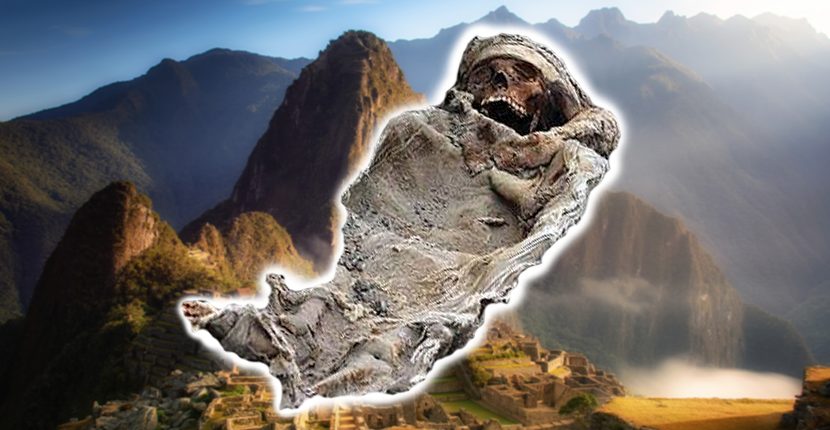A pre-Columbian burial location has revealed what is perhaps the largest child sacrifice site ever found. It was found on the Peruvian coast of the Pacific Ocean in Huanchaco, 346 miles north of Lima. The site has yielded 40 warriors and nearly 250 children, aged 5-12, who were killed and buried in a mass grave between five to eight hundred years ago.
The children were buried facing west to the sea and some still had traces of skin and hair attached to their bones. Because of a thick layer of old mud, the burials appear to have occurred during wet weather in the usually arid climate. That leads scientists to believe the children were sacrificed to the moon god, Shi, due to an El Nino weather system which may have caused major storms, and possibly hurricanes along the western coast of South America.
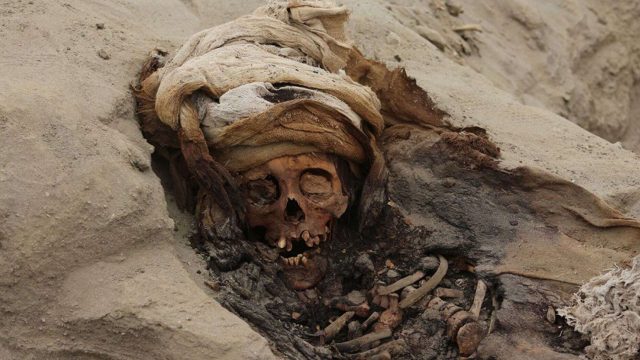
The storm surge from the ocean would have flooded crops and the warmer water may have changed the migrations of fish and the ability of the people to feed themselves. It is thought that the elders blamed it on the gods they worshiped and believed the deities must be appeased in order to stop the deluge.
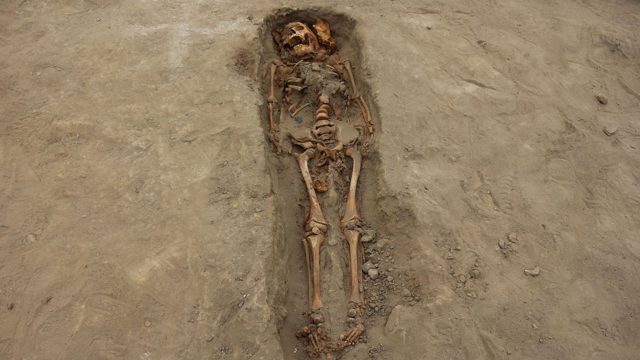
The children were part of the powerful Chimú Empire which flourished from about 900 A.D. until about 1475 A.D. when they were conquered by the Incas. According to AFP, the site’s chief archaeologist, Feren Castillo of Escuela de Arquelogía, National University of Trujillo claimed, “It’s uncontrollable, this thing with the children. Wherever you dig, there’s another one. This is the biggest site where the remains of sacrificed children have been found.”
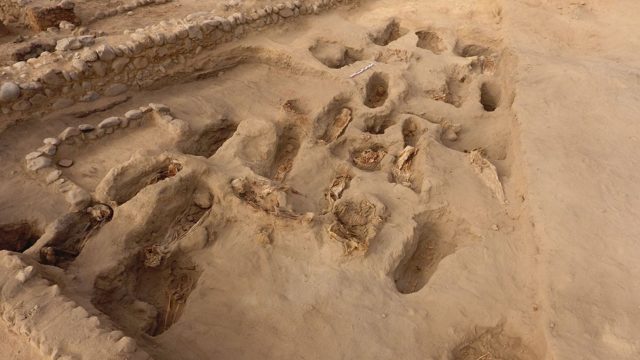
Castillo and his team have been working for nearly a year but still expect to find more burials. This discovery shadows a previous finding in the same area in 2011. Gabriel Prieto of the Universidad Nacional de Trujillo and John Verano of Tulane University in New Orleans, Louisiana were excavating a 3,500-yr-old temple close to the town of Huanchaquito when locals informed them of human bones poking up from the sand dunes near their homes.
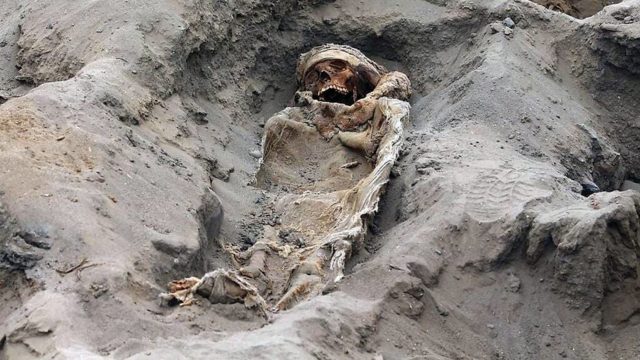
What the archaeologists found was a mass sacrificial burial of one hundred forty children and two hundred baby llamas. As what appears to be a tradition of the Chimú, the children were buried facing the sea but a llama was buried next to each child facing inland toward the mountains. Ropes and some textiles were found in several of the excavations which were carbon dated to around 1400 A.D. These children were also in the age range of about eight to fourteen years old and were buried in wet conditions. It is assumed by researchers that the same weather system was the cause of this sacrifice.
Related Video:
According to National Geographic, the sponsors of the dig, Haagen Klaus, a professor of anthropology at George Mason University in Fairfax, Virginia who has also been doing excavations in the area claimed, “People sacrifice that which is of most and greatest value to them. They may have seen that [adult sacrifice] was ineffective. The rains kept coming. Maybe there was a need for a new type of sacrificial victim.” Klaus acknowledges that it is impossible to know for sure why children were sacrificed but each discovery provides new information of the Chimú and other civilizations of South America.
Verano and Prieto noted that these children and the llamas were killed by transverse cuts across the sternum in a systematic fashion with rib dislocation in order to remove the heart. In the layer of mud in which the burials were found there were also adult sized shoe imprints, the prints of the bare feet of children, paw prints of dogs and hoof prints of llamas. A few of the bodies were left unburied in the mud.
Related Article: The ‘Skeleton Lake’ Mystery Deepens after Surprising Results of DNA Tests
Isotopic analysis has determined that both male and female children were victims at the child sacrifice site and they were not all local. Some of them were of different ethnicities and brought from different regions of the Chimú Empire which extended six hundred miles along the coast and inland from the border with Ecuador to Lima. Only the Incas had a more extensive kingdom.
